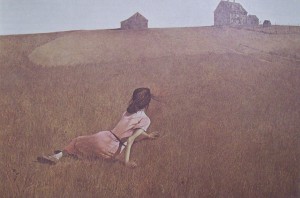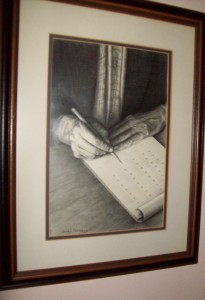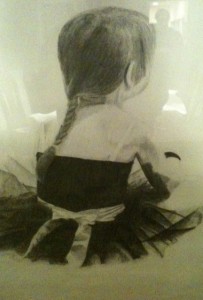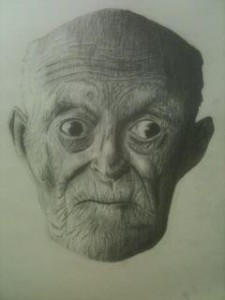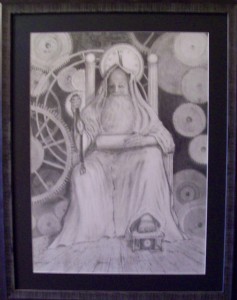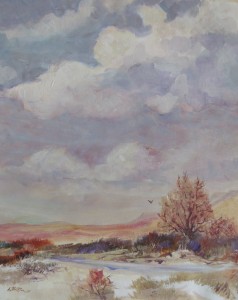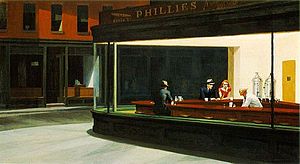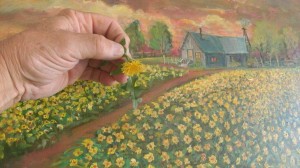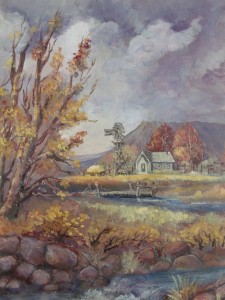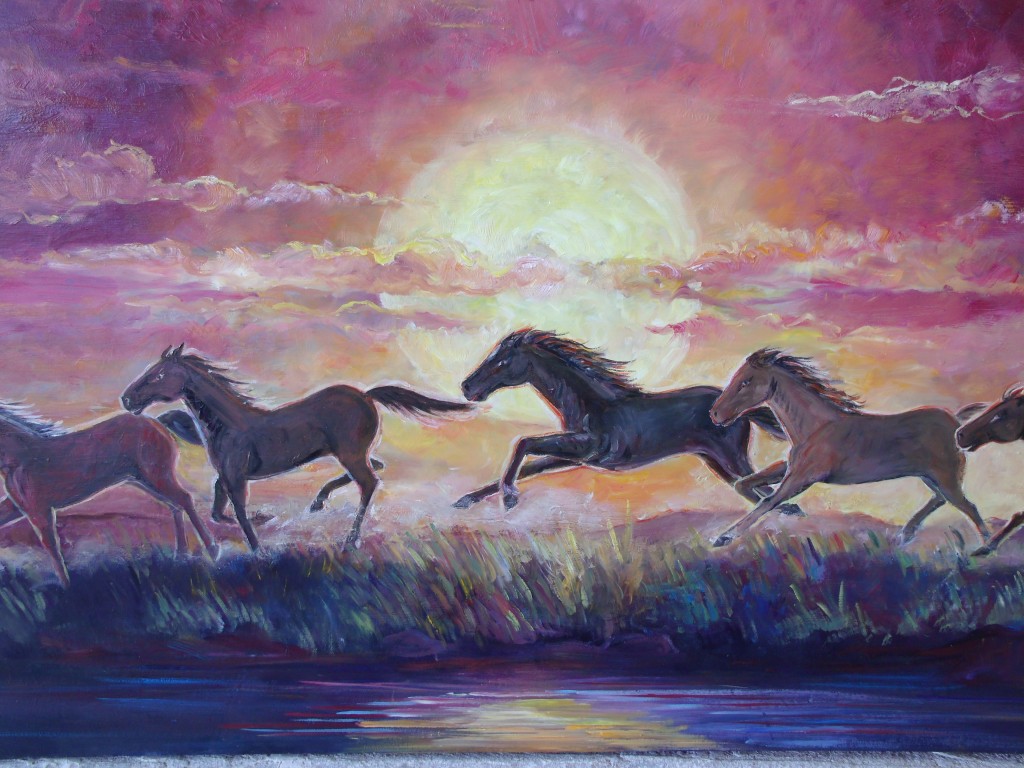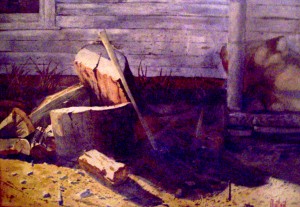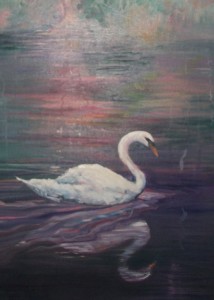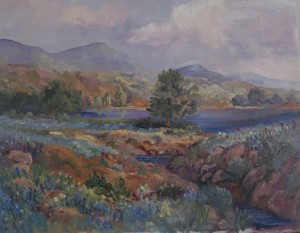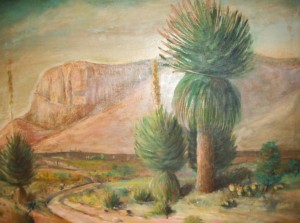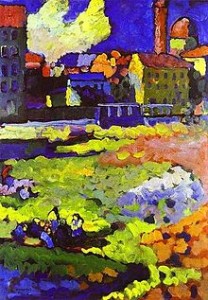
In visual perception a color is almost never seen as it really is–as it physically is…if one says red and there are fifty people listening, it can be expected that there will be fifty reds in their minds~Joseph Albers
Colors and the light that affect them creates such a wonderful but complex world that an artist must select how they use them in relationship to the painting they are attempting. How should they put the hues and values together to create the emotion they wish to accomplish? Some use an open palette with a full range of colors, while others use a limited palette. Whatever the choice, they will create different emotions and moods depending on the way the colors work together from harmonious to vibrant and exciting.
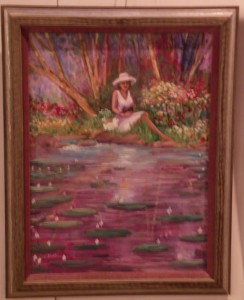
There are a range of emotions created when using different palette approaches. A more open palette tends to be busy and exciting, especially when the colors are at or near saturation. A more limited palette creates a more subdued and tranquil emotion. The works of some artists are recognizable and definable by the palette they select, and others not so much. Some enjoy experimenting with colors and the creation of moods in a manner that they let the painting dictate the palette as it progresses. Experimentation can be fun, however, good art techniques should be kept when doing so.
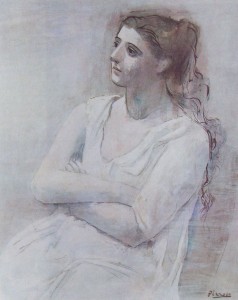
In his painting A Woman in White, Pablo Picasso used hues of blues and reds so light in value they approached white. This technique created an exceptionally harmonious feeling.
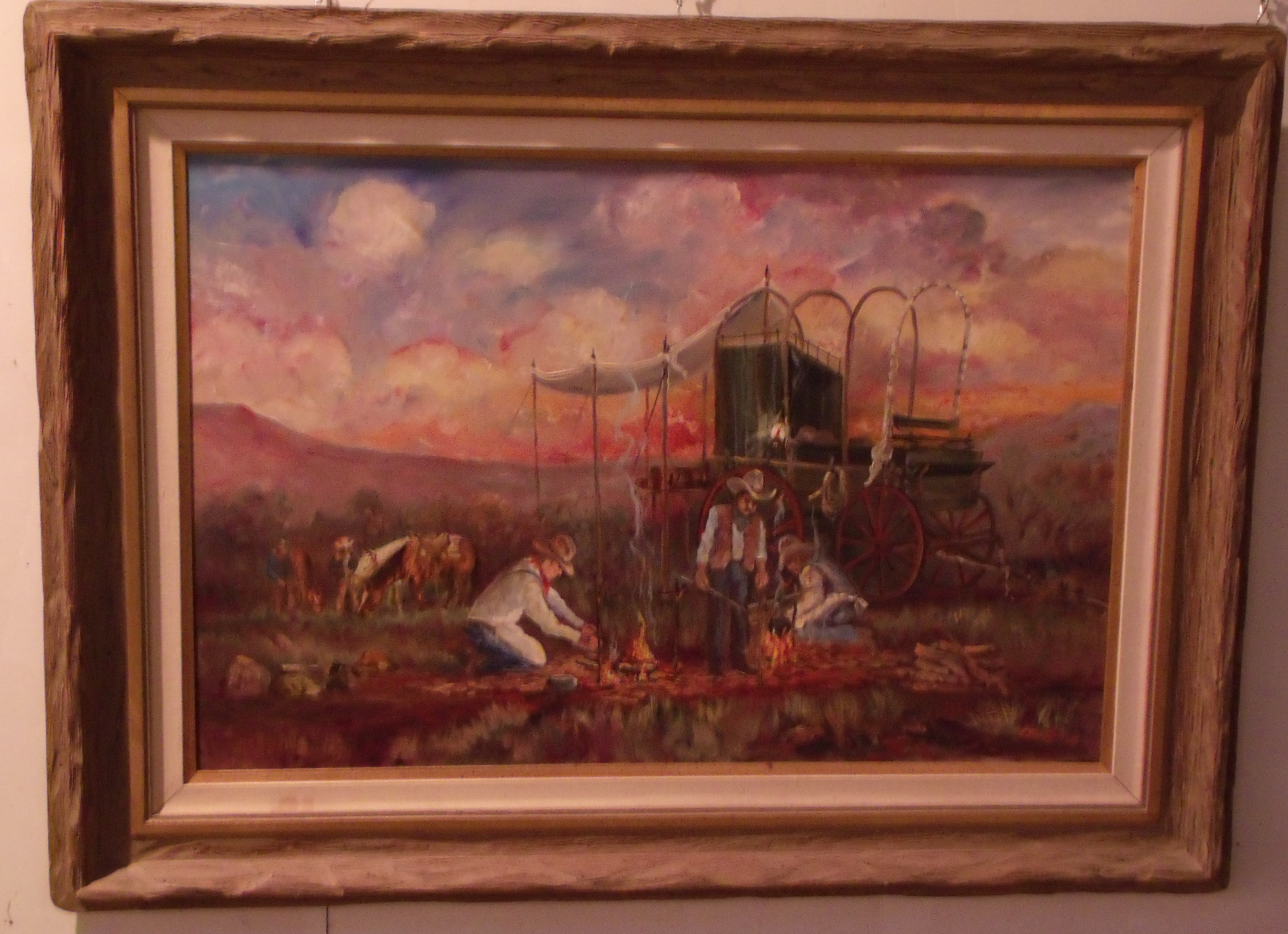
Be sure to enter the free drawing to win a beautiful art coffee table book and subscribe to the ART CENTER INFORMATION newsletter when you do.

